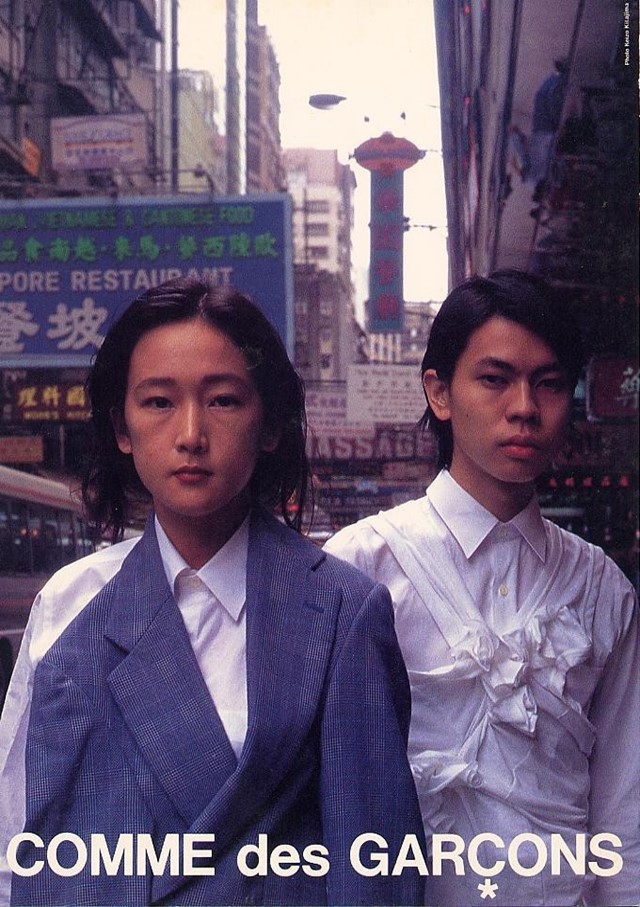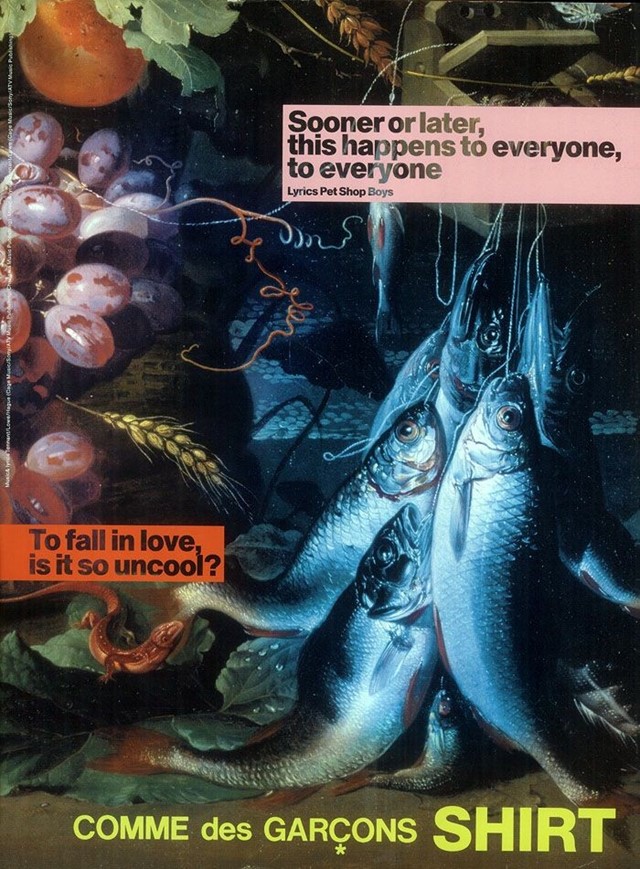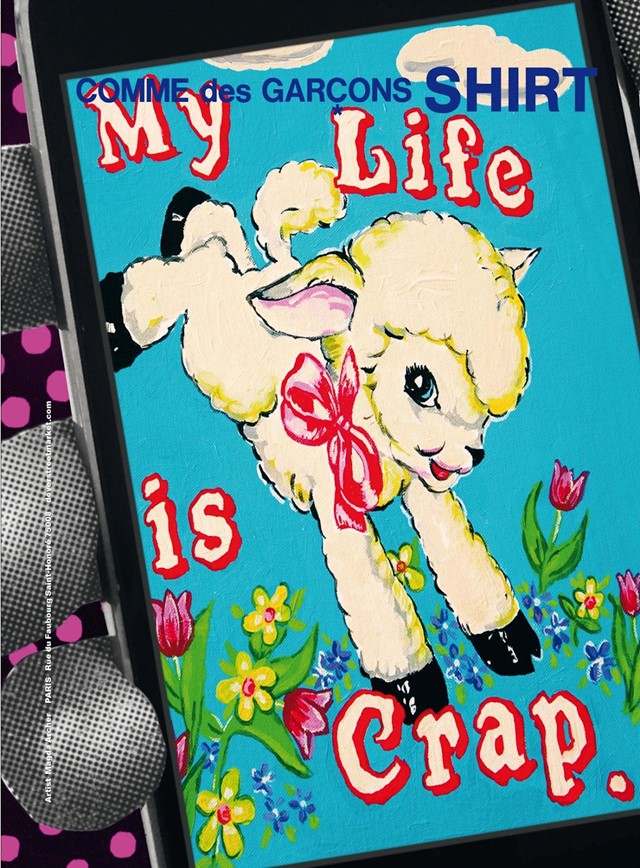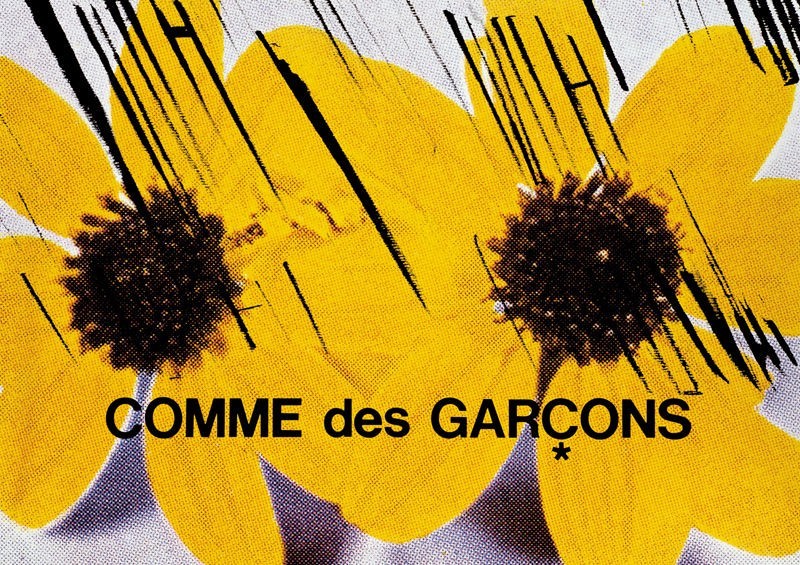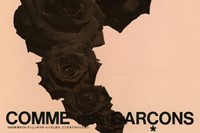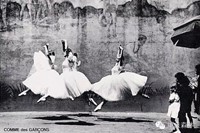We speak to curator Jeff Horsley about his new exhibition on Comme des Garçons, accompanied by archive campaign imagery
Last week, East London's Live Archives opened RED Comme des Garçons: innovation, provocation. Celebrating the brand’s pioneering aesthetic through exhibiting archive pieces, the show features garments from over the past 20 years in a space curated by Jeff Horsley.
An exploration of Rei Kawakubo’s radical approach to design, the exhibition format takes inspiration from her 2001 Comme des Garçons presentation at Walter Van Beirendonk’s Antwerp fashion festival Mode2001. For the occasion, Kawakubo offered five “statements”; one of which was her A/W01 collection, shown in a room stripped of all natural light. With gels covering any artificial sources, the only colour left visible in the space was red. It was this powerful visual that inspired the Live Archives presentation – and so, we spoke to Horsley to find out a little more about his process appropriating the technique, accompanied by archive advertising imagery from the brand.
What was it that inspired the theme RED?
I knew about the project that Rei Kawakubo did in Antwerp, and I thought it was quite an extraordinary thing to do. The idea of using a presentation technique that Kawakubo had used for her own work and adopting it for an exhibition was kind of the idea behind it all.
Was there anything specific that you were trying to communicate about Comme des Garçons?
I suppose that it wasn’t so much about presenting something about Comme des Garçons, but rather about thinking about how people visit exhibitions. Generally, I think there’s an idea that – particularly in large institutions – exhibition presentation is objective. But actually I think – in fact, I know from experience – that exhibitions are highly constructed events. In a way, the red light is quite a heavy-handed way of saying that the way you view these things is guided from the minute that you walk through the door.
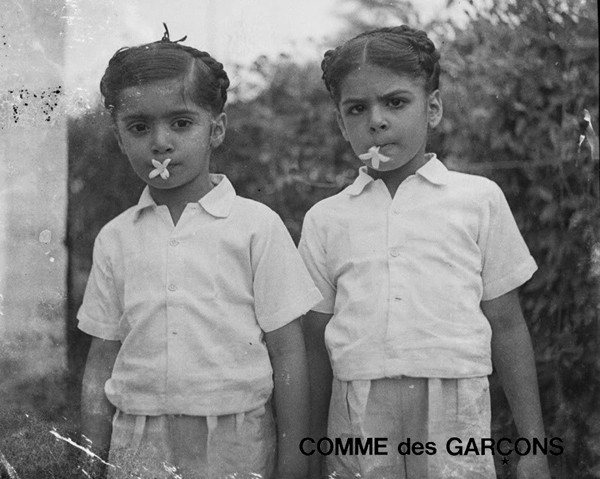
Have you always been interested in Kawakubo’s work?
Yes; Comme des Garçons is one of the brands I have followed all the way through, since their launch in Paris in the 80s. I think Kawakubo’s approach is quite unique… there’s a lot written about how she sometimes comes up with an abstract word and the collection somehow interprets that. I like that abstraction in her work, and its conceptual nature. I also find the collaborative aspect of it really fascinating; that she works with really highly skilled craftspeople and together they come up with something that is generally quite extraordinary.
Do you feel like there are any codes that have come to define Comme des Garçons?
I think that you can trace codes all the way through Kawakubo’s work; some of them are technical, and then some of them are slightly more conceptual. For instance, I think the way that Comme des Garçons approaches gender, by fighting the stereotypes that are so prevalent in western fashion, is something that has always been a constant. And also, the way that she uses frills both as a decorative element but also as something structural. For example, she made jackets that were completely lined with frilled material, raising them away from the body and giving them an extra bulk.
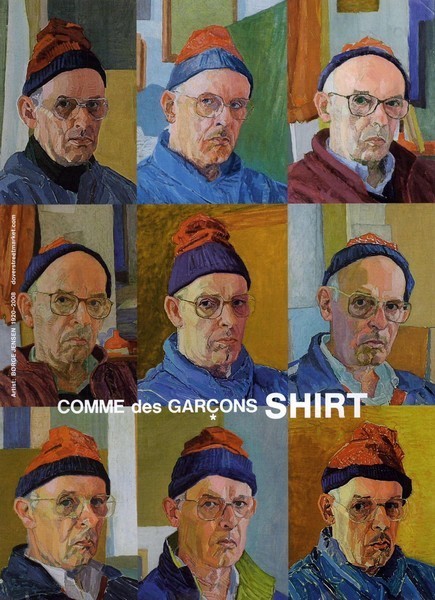
By presenting fashion in an exhibition setting, do you feel that you get to communicate your own interpretation of clothes?
I think so. I think that I can offer my interpretation, but essentially I put the clothes into a frame that people can look at them through. They may get what my intention was, or they might get something else, but I know I constructed a frame of meaning around them. If people look at it and get something else, then that’s fantastic. What I’m trying to get people to do is to look at them in a slightly different way.
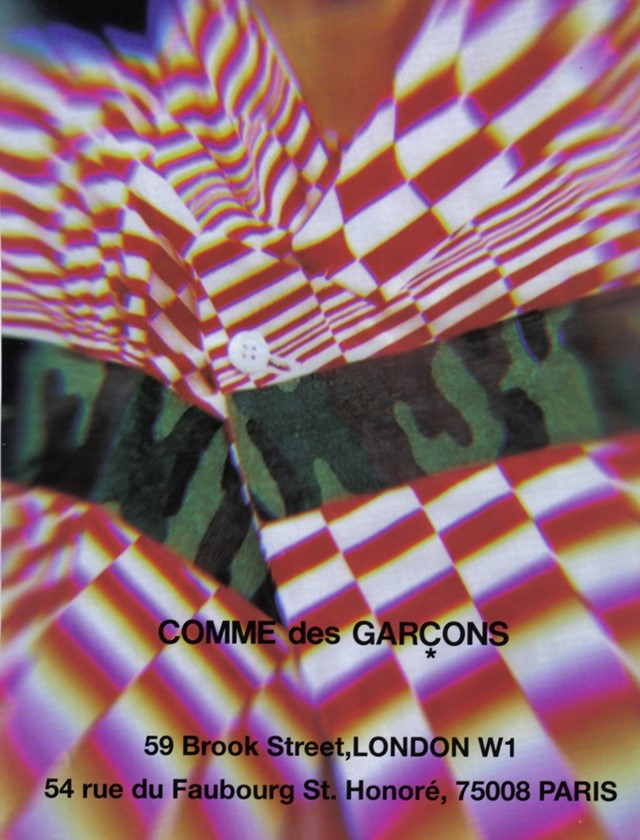
Are there any fashion exhibitions that you have particularly enjoyed visiting?
There was one that was exhibited in Antwerp at the same time Kawakubo did RED. It was an exhibition on Chanel by Dirk Van Saene that was quite extraordinary – he approached Chanel not in a normal, narrative way, but very much in an almost phenomenological way. It was set in the former Royal Palace in Antwerp, which is a big, baroque building, and there was this one room where there was a number five on the floor made out of Chanel No. 5 perfume bottles, with the scent being pumped into the air. It was really beautiful, and I don’t think many people outside of Belgium saw it, it’s a shame. I think that sometimes, when exhibitions are made by people from outside of an academic background, then they don’t get that coverage that you get in the curatorial world. You can’t find many pictures of it online, it hardly got documented.
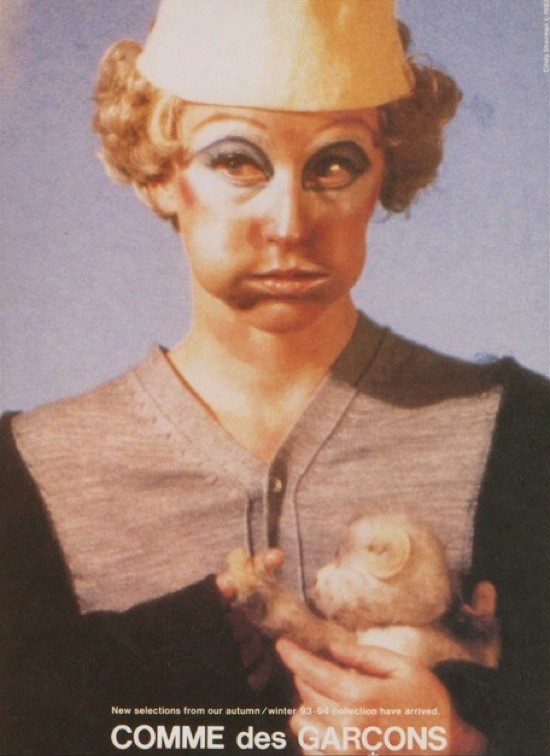
"Very often, it just comes down to the question of whether fashion is art and I don’t think that’s a brilliant question to ask. When you look at fashion or art, look at it for the object it is and how it’s presented to you."
Do you think that has something to do with fashion as an industry, that fashion is dismissed? That exhibitions about fashion are seen through a particular and specific lens?
I think that there’s a very intimate relationship between fashion and art but, although there’s a close relationship, there’s almost a slight tension from both sides. Very often, it just comes down to the question of whether fashion is art and I don’t think that’s a brilliant question to ask. When you look at fashion or art, look at it for the object it is and how it’s presented to you.
